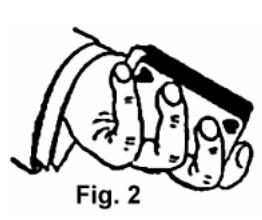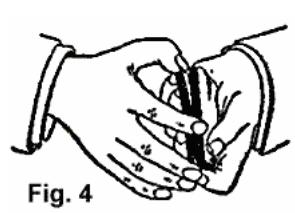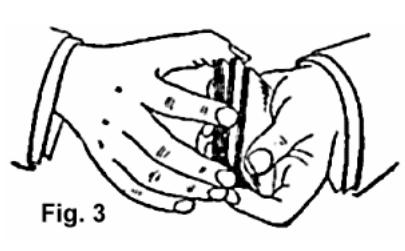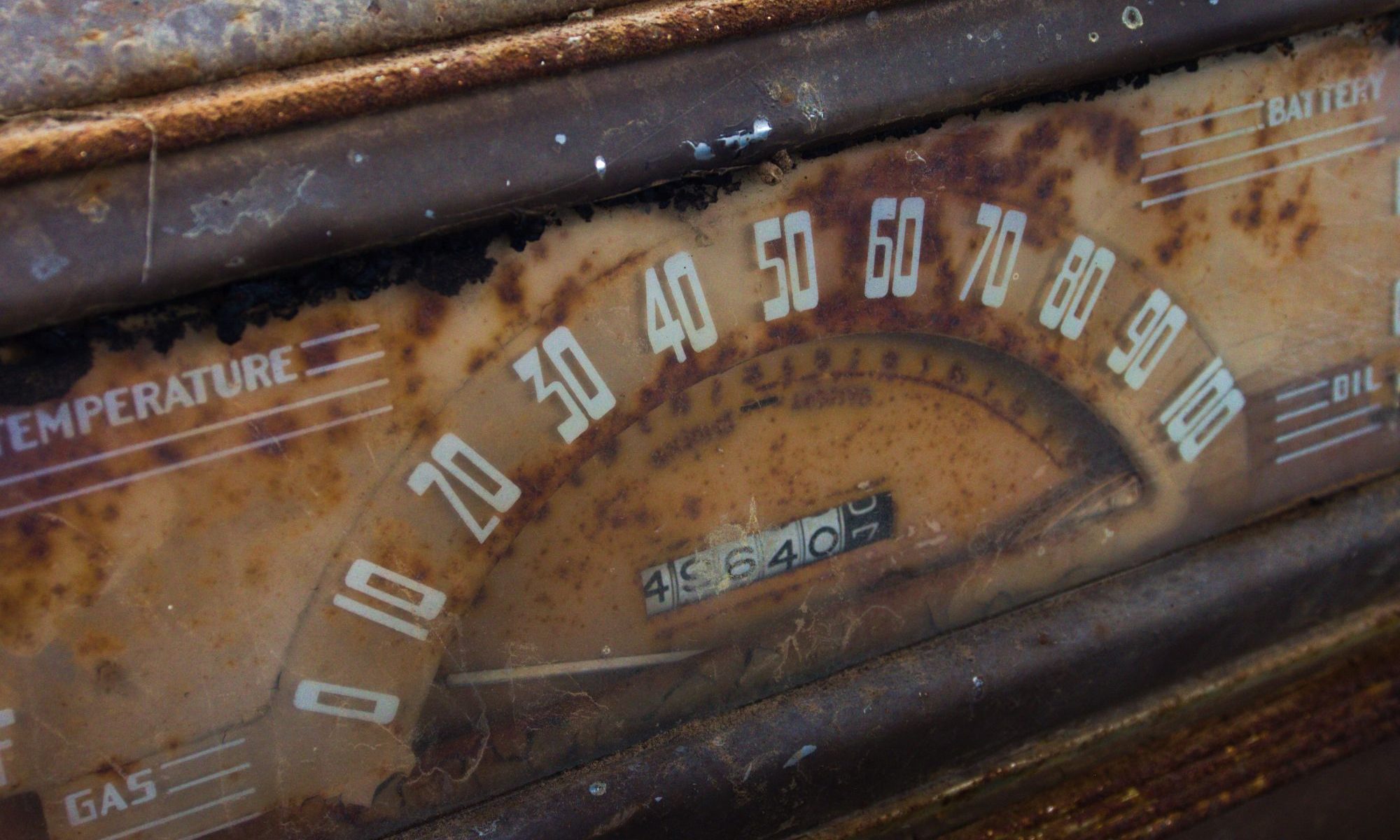Blind Shuffles
- To Retain Top Stock
- To Retain the Bottom Stock and Shuffle Whole Deck
- To Retain Top Stock and Shuffle Whole Deck
THE objects of blind shuffling are to retain a top stock, i. e., to retain in the same order the upper portion of the deck which has been prearranged for dealing’ or to retain a bottom stock, which usually consists of certain desired cards placed together at the bottom, to be taken from that position at will, during the deal, by bottom dealing; or to retain the whole deck in a certain order, which is rarely attempted, though quite possible. Under the respective headings of "Stocking," and "Culling," it will be learned how the blind shuffle runs up the cards in any desired order, and gathers certain cards from any position to the bottom; but the several methods of retaining the top and bottom stocks are treated separately.
To Retain Top Stock
UNDER cut about half deck, in-jog first card and shuffle off. Under cut to in-jog and throw on top.
This is the very simplest form of the blind shuffle and leaves the upper portion of the deck in the same order. The shuffle may be continued ad libitum.
The reader who has prepared himself with a knowledge of the position given for hand shuffling, and the definitions of the list of terms, will have no difficulty in understanding the above directions, and executing the blind at the very first attempt. However, as a first lesson in the A, B, C of card manipulation, the following description of the action is given at length, viz.:

Hold the deck in the manner described for the Shuffle. Seize about half the deck from beneath with the right hand (under cut), draw out and shift the right hand a little inwards over packet in left hand, so that when the first card is drawn off by the left thumb it will protrude slightly over the little finger (in-jog). Then shuffle off the balance of the cards in the right hand on top of those in the left. (See Fig. 2.) Then seize with the right hand all the cards beneath the in-jog card, which protrudes over the little finger of the left hand, and throw them in one packet on top. When seizing the under cards beneath the in-jog, its location is found by the right thumb solely by the sense of touch, and without the least hesitation or difficulty. The in-jog card is held in position by the little finger, and is concealed by the cards on top of it.
The weak point about the foregoing blind is that the last movement is a throw, or under cut, and it may be noticed that only part of the deck is actually shuffled. This objection is entirely overcome by the use of the break, which is illustrated in the following blind shuffle.
To Retain the Bottom Stock and Shuffle Whole Deck
UNDER cut about three-quarters of the deck and shuffle off about two-thirds, then in-jog one card and throw balance on top. Under cut to and include in-jog card (see Fig. 4), and shuffle off.

This blind retains the bottom stock and apparently shuffles the whole deck. The only difficulty in the action is in including the jog card in the second under cut. The jog card is pulled back by the thumb, creating a space above it; then as the under cut is made, the thumb tip is pressed into the opening by squeezing the ends of the under packet, and the upper packet is not disturbed, because the thumb nail slips easily across the card above it as the lower packet is drawn out.
When a jog is formed during the process of any shuffle, and the right hand is shifted a little in or out as the case may be, to allow the jog card to fall in the proper place, the right hand does not at once return to its former position, but gradually works back as the shuffle progresses. This leaves the cards in the left hand a little irregular at the ends, and effectually conceals the fact that any one card is purposely protruding. The ablest shuffler cannot keep his cards quite even, and the irregularity appears even more natural than if in perfect order.
As blind shuffles for retaining the whole deck in its original order are never practiced at the card table, and are only adapted to conjuring purposes, the methods will be found fully explained in the second part of this work.
The foregoing shuffles are simple and easy, and when perfectly performed, absolutely indistinguishable from the true.
To Retain Top Stock and Shuffle Whole Deck
UNDER cut about three-quarters of deck, in-jog first card and shuffle off. Under cut again about three- quarters of deck, forming break at in-jog (see Fig. 3), shuffle off to break and throw balance on top. This blind apparently shuffles the entire deck, but really leaves the top portion in the original order.

